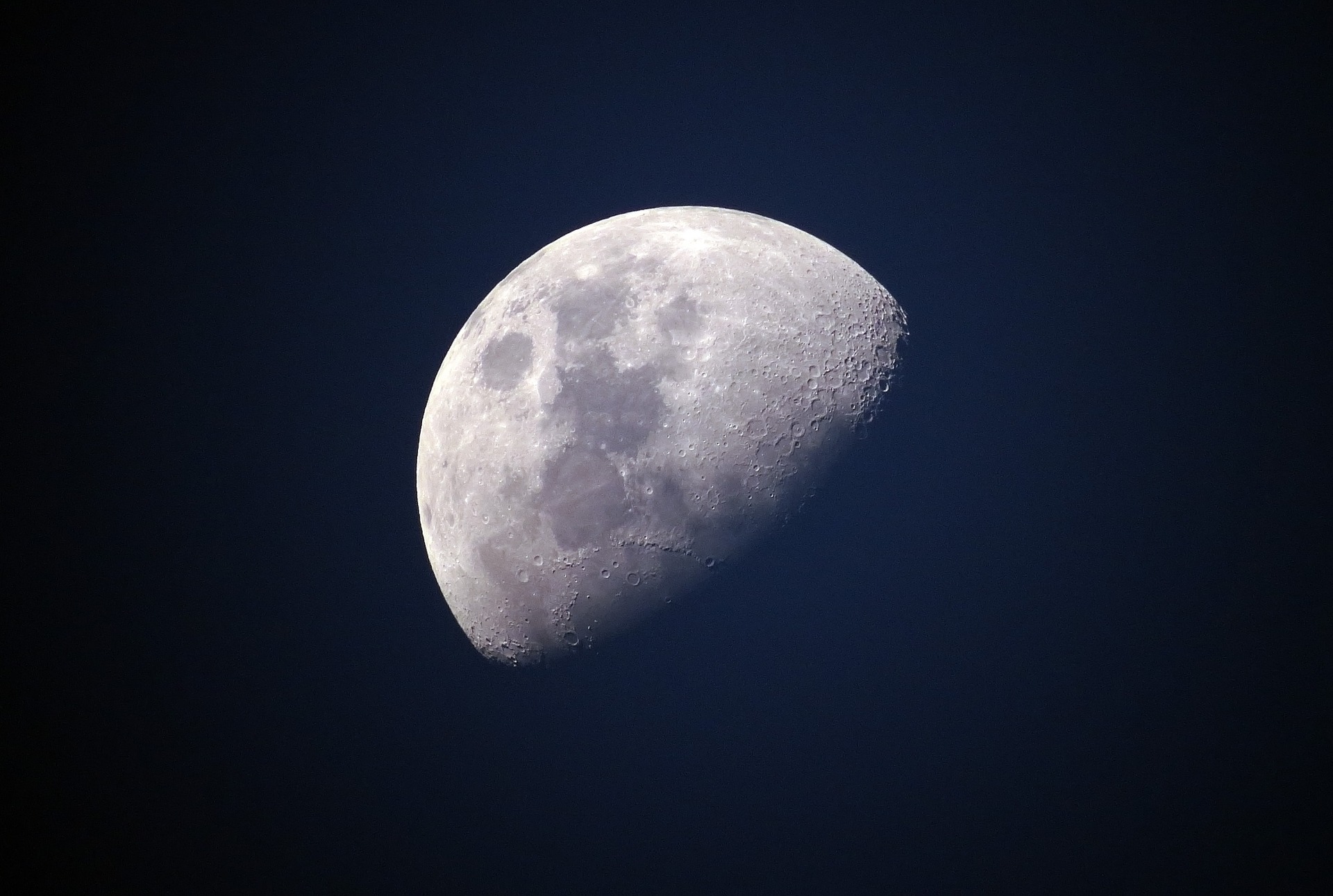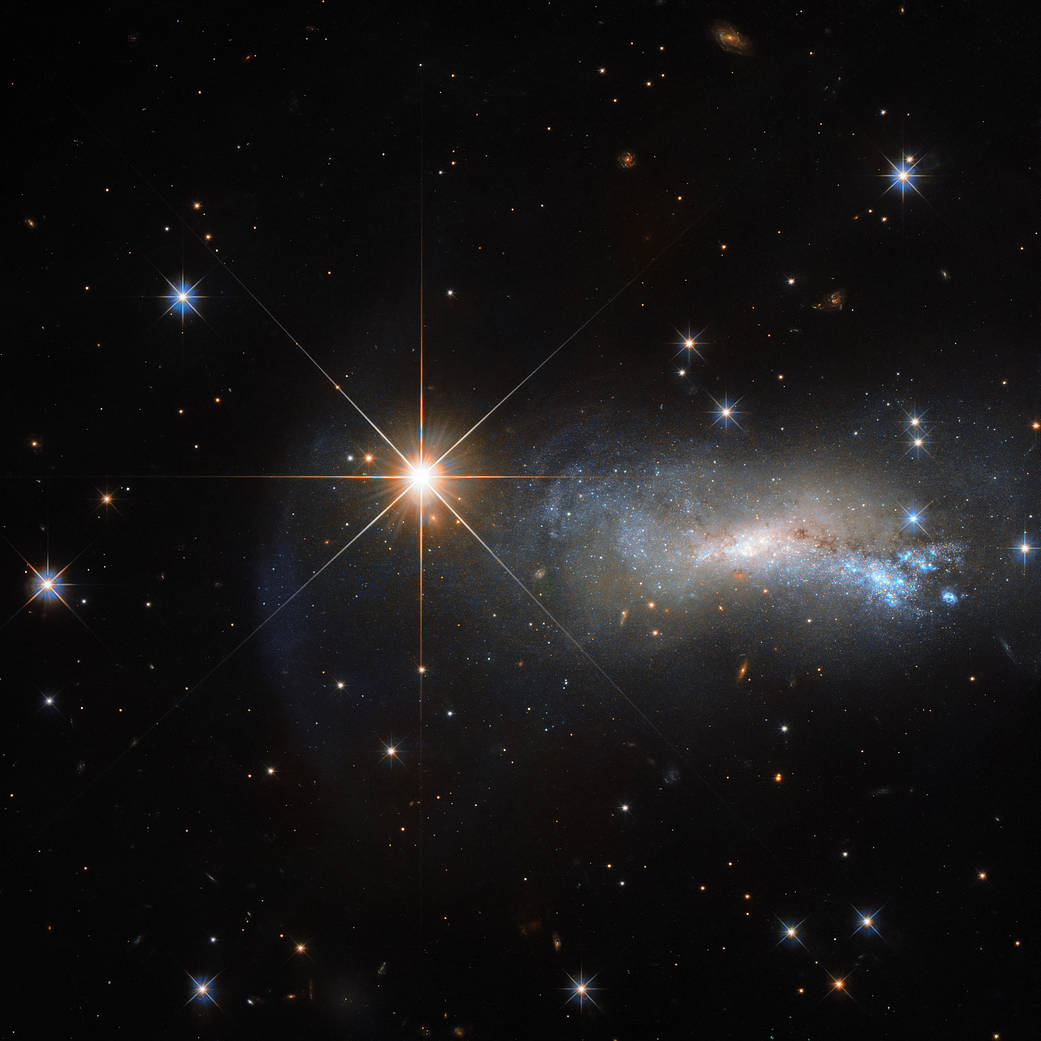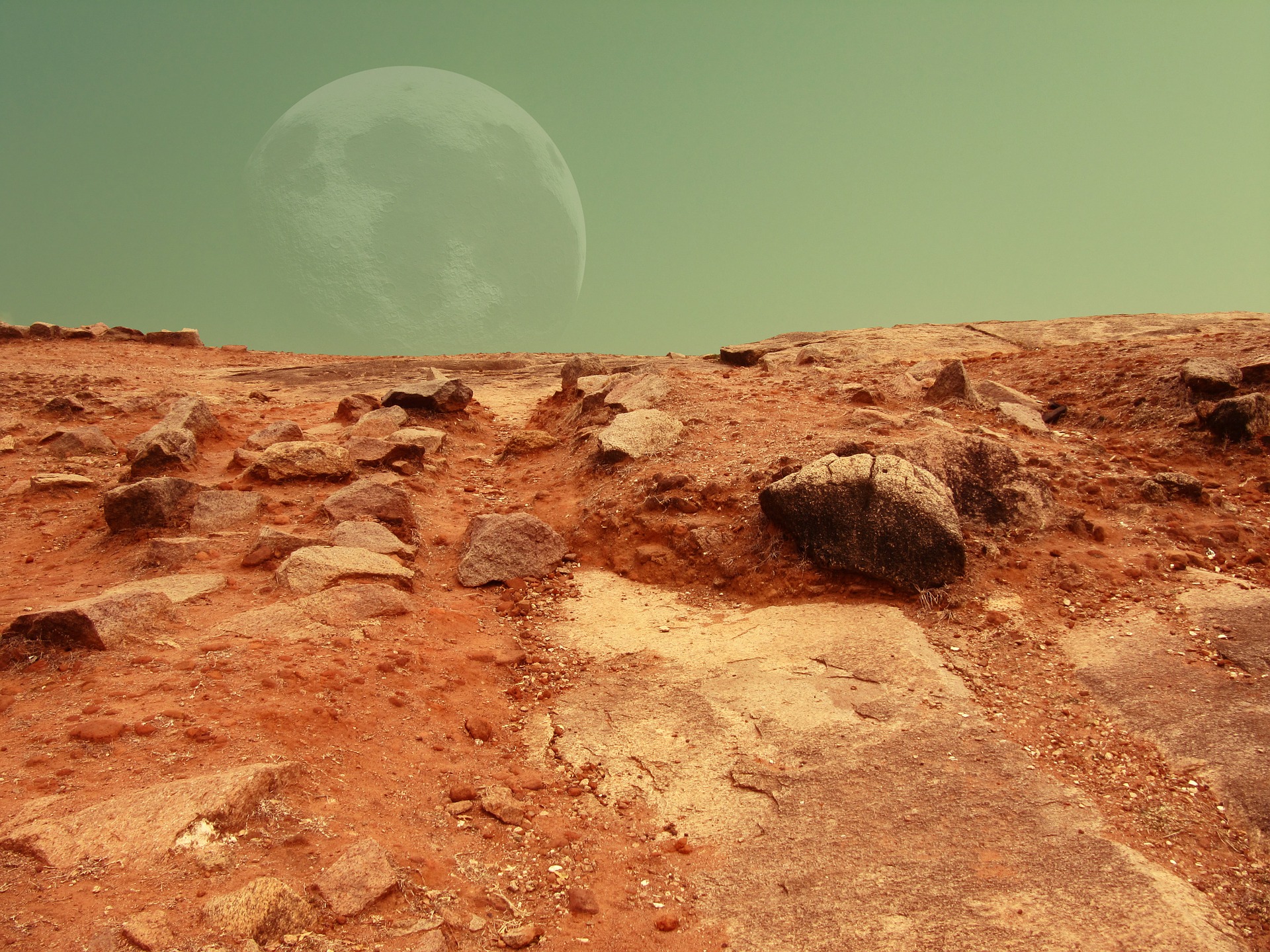India’s ambitious Chandrayaan-3 mission makes historic lunar descent with Pragyan rover
India’s Chandrayaan-3 mission carved its name in lunar exploration history by executing a flawless soft landing on the moon’s surface on 23 August, solidifying its place as the fourth nation to accomplish this remarkable achievement, compared by many with the event of India’s Independence occurred in 1947. This mission notably stands apart by becoming the first to conquer the uncharted southern polar region of Earth’s natural satellite.
Marking a pivotal moment, Chandrayaan-3’s Pragyan rover, carefully built in India for lunar exploration, elegantly descended from the Vikram lander onto the lunar terrain on Thursday. The Indian Space Research Organization (ISRO) conveyed the milestone with measured enthusiasm, stating, “Ch-3 Rover ramped down from the Lander and India took a walk on the moon!”
This pace towards scientific exploration is guided by ISRO’s attentive monitoring, ensuring all systems are operating consistently and according to schedule.
The success of Chandrayaan-3 is especially significant as it builds upon the foundation laid by its predecessor, Chandrayaan-2, which encountered setbacks during its lunar phase in 2019. The mission experienced challenges when the Vikram lander failed to softly touch down due to anomalies in its braking system. Having learnt a lot from that, according to Isro, Chandrayaan-3 now propels India’s lunar exploration efforts by demonstrating safe landing capabilities, rover mobility, and in-situ scientific experimentation.
ISRO’s careful planning extends to Chandrayaan-3’s communication framework. The lander module established a strong two-way communication link with Chandrayaan-2’s orbiter, demonstrating India’s expertise in space communication technology.
One of some remarkable aspects of Chandrayaan-3’s mission is the Pragyan rover’s exploration of the moon’s southern polar terrain. According to astronomers, this region holds immense scientific promise due to its speculated reservoirs of water ice within permanently shadowed craters. Scientists envision utilizing this water for future human lunar missions, potentially reducing the cost of space exploration by eliminating the need to transport water from Earth. Furthermore, the ability to convert this water into hydrogen and oxygen could revolutionize lunar travel by producing fuel for rockets launching from the moon.
Chandrayaan-3 touched down on the lunar surface on Wednesday at 8:33 am ET (1233 GMT or 6:03 p.m. India Standard Time). About four hours later, ISRO shared a set of four images captured by the lander’s cameras during descent and one image taken after touchdown, revealing a pockmarked lunar surface and the lander’s own shadow.

India’s Chandrayaan-3 lunar mission has reignited the global space race, capturing worldwide interest after decades of waning attention. However, Russia’s Luna 25 mission faced a tragic fate on August 21, encountering a fatal setback mere hours before its intended touchdown on the moon’s same hemisphere.


